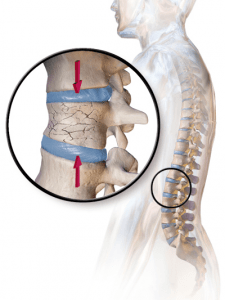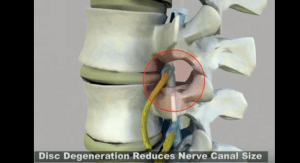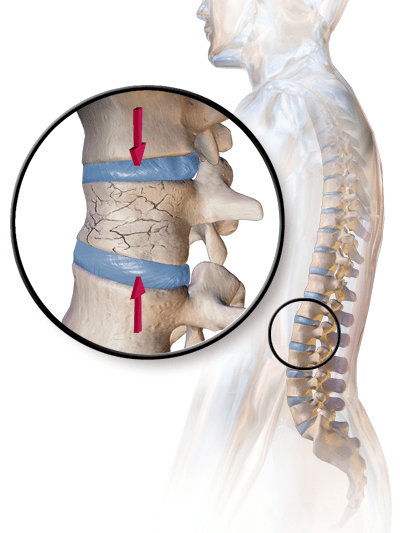
Physical Therapy for Degenerative Disc Disease
Patients diagnosed with degenerative disc disease can choose from one of two types of treatments: active and passive. In more serious cases, both types of therapy are recommended.
The approach with both types of physical therapies is different. However, the end goal is the same: to improve mobility in your spine, neck and back to reduce pain with every movement. If you have considered undergoing physical therapy to further aid your treatment, learn more about each type below.
Passive Physical Therapy for Degenerative Disc Disease
A passive physical therapy is used to describe the use of non-invasive approaches for treating patients with degenerative disc disease. In most cases, this type of treatment is intended to address the symptoms such as the feeling of pain in specific areas of the body.
One common type of passive physical therapy is deep tissue massage. The use of pressure to target key muscle groups in the body, especially in the spine and back, is designed to ease muscle tension. It also targets those muscles affected by spasm that result in a sensation of pain when you attempt to use those muscles. With direct pressure and friction, you can get rid of tension and will regain mobility minus the pain.
Another common type of passive physical therapy for degenerative disc disease is the use of hot and cold therapies. In a hot therapy, heat is used to improve blood flow to the specific area concerned. With increased blood flow, more oxygen will also flow through the targeted area that will in turn introduce more nutrients. Meanwhile, cryotherapy is a form of therapy involving the use of an ice pack. Just like heat, ice massage or a cold pack can reduce inflammation and pain.
Active Physical Therapy for Degenerative Disc Disease

One example is a personalized exercise program you can do at home or in the gym. These exercises are designed to boost muscle endurance and strengthen the spinal, cord and abdominal muscles. With more strength, your body is able to carry its own weight with higher efficiency. You can even lose weight through the program, which will further aid your effort at relieving pain from degenerative disc disease. It is important that you consult a professional and certified physical therapist when devising a program. This is to ensure your own safety and effectiveness of the program.


 I love to write medical education books. My books are written for everyone in an easy to read and understandable style.
I love to write medical education books. My books are written for everyone in an easy to read and understandable style.